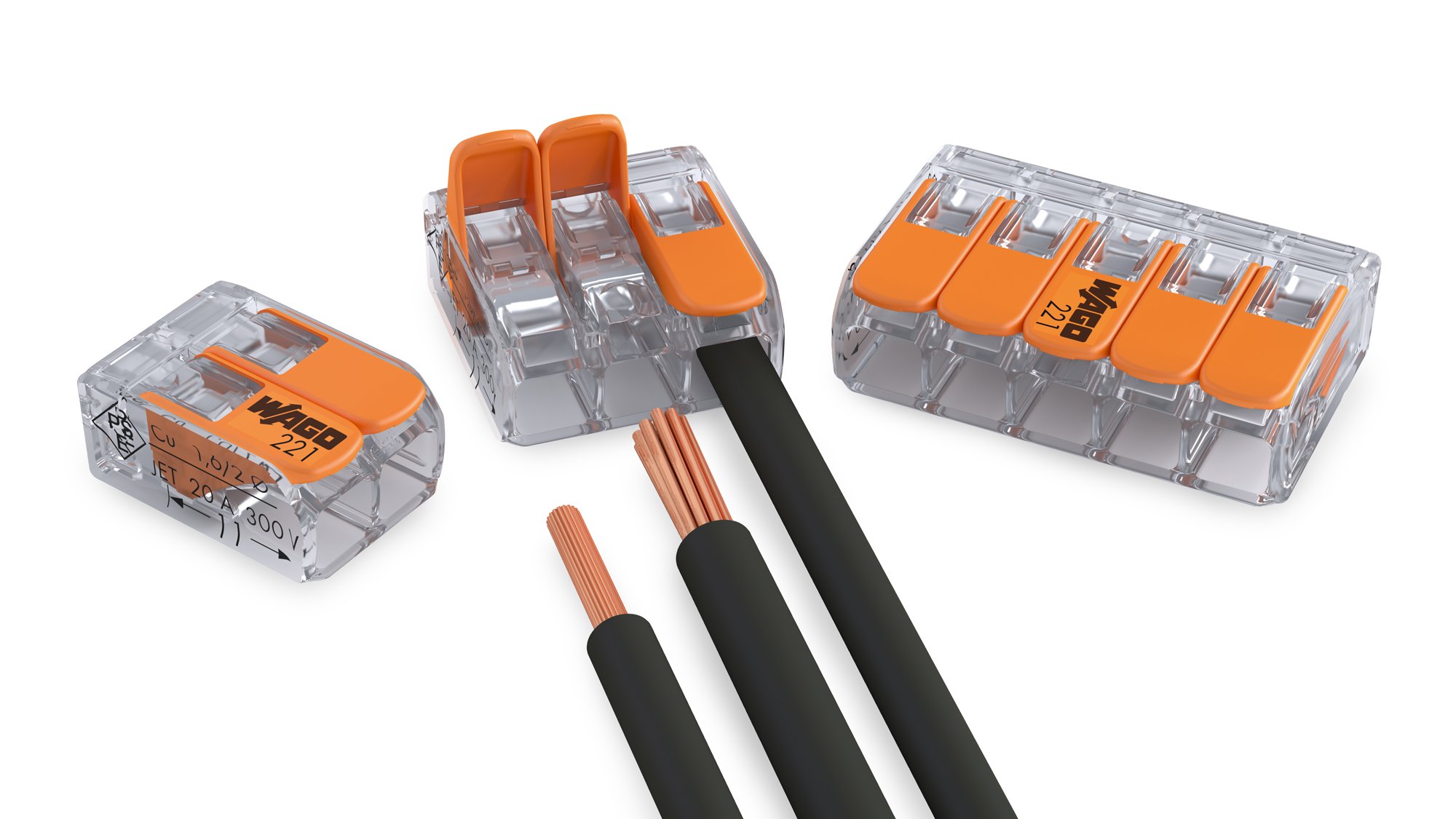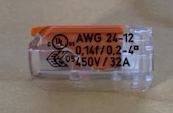Purr24
Member
- Location
- Pennsylvania
- Occupation
- Electrician
I switched to these, about a year ago. They are nice and fast. Though I have noticed that lately they have had a few ports that do not make good connection, and pull out very easy, debating on stop using them.
I hope mine are not fake lol. My issue only has happens on a few.There are several unlisted and untested counterfeit leverlocks, some junk, and some interesting mutations.
I use them for splicing in junction boxes for receptacles and lighting in commercial buildings never had a problem. I saw a YouTube video testing the current of these connectors and they could carry up to twice the listed current. They had 60 amps go through these connectors without damage.I think they work well for the right application. Changing ballasts, individual light fixtures where the amperage on the conductors are not high. I do not use them in place of wirenuts on pigtails for multiple receptacle loads or feeds where they would see the total amperage of the circuit. I replaced several that have melted or the thin metal strip that grabs the conductor has become weakened by the heat of the current flowing through it. They are quicker, but are they worth the amount of warranty calls they may cause? I hate working for free!
I'm sure some older electricians in here remember when devices used to be able to be backwired (stab-in) with #12 conductors. In the late 80's or early 90's I believe they started making them so we could only backwire with a #14 conductor. The reason for this change was because the thin piece of metal that held the conductor in place tended to fail when it saw the heat from over 15 amps of current. I never use the backwire function even with #14 wire. I prefer to side-wire around the screws. That's why I don't trust Wago connectors in higher current situations.I'm not against them.
I haven't seen a failed one.
But..
I'm just not there yet.
Where are you getting the 450 volts spec? Maybe a European listing? They are UL listed for 600 volts (1000 volt fixture/signs)I use them, but I've had to remove them from 480 V motors after another person used them there for wire splicing. They are only rated for 450 V.
Where are you getting the 450 volts spec? Maybe a European listing? They are UL listed for 600 volts (1000 volt fixture/signs)

Ratings up to 32 A/450 V and 105°C maximum continuous operating temperature allow the 221 Series Splicing Connectors to be used at ambient temperatures up to 85°C (T85), making them ideal for small and large loads.

I second what Rick said. I used these extensively and loved them. But then we had several calls where they had heated up. Not always causing a fault, but they were deformed and or discolored. We switched to only using them with known loads (like light fixtures) or in areas that were difficult to reach and twist a connecter.I use them for splicing in junction boxes for receptacles and lighting in commercial buildings never had a problem. I saw a YouTube video testing the current of these connectors and they could carry up to twice the listed current. They had 60 amps go through these connectors without damage.
Sent from my Pixel 2 XL using Tapatalk

